The 2nd blog in our 5-part series on injury prevention for throwers discusses the importance of shoulder external rotation strength. Most serious or pseudo serious baseball pitchers regularly perform external and internal rotation exercises either as a warm-up routine or as part of an arm care program. Shoulder external rotation strength has been shown to be effective at reducing injuries and when used with other strengthening and stretching exercises it can become an even greater tool. It is an essential aspect of a thrower’s regular routine.
Some research has looked at the ratio comparing internal rotation to external rotation strength, finding that if external rotators are not strong enough, injuries are more likely to occur.
In the throwing motion, we regularly have our arms in what we call the 90-90 position (elbow level with the shoulder and elbow bent at a 90 deg angle). When we throw, we use the pecs, lats, subscapularis (1 of the 4 rotator cuff muscles), and momentum to internally rotate our shoulder and throw up to (and sometimes greater) than 100 mph. Internal rotation forces of throwers have been shown to move at up to 7,000-8,000 degrees per second (that is like spinning your arm around 20 times in 1 sec). Even youth and adolescent athletes can throw very hard approaching some of these same forces. Throwing and more specifically internal rotation is the fastest movement in sports. The external rotators are the brakes when throwing and are responsible for preventing our arm from falling off. To counteract these throwing forces, it is vital to have strong muscles on the back of our shoulder.
The scapula (as we wrote about in blog one) is super important; but so are the external rotators: infraspinatus and teres minor (2 of the 4 rotator cuff muscles). These muscles, which are attached to the back of the scapula, are much smaller than the pecs and lats and thus we must spend considerable time strengthening them in the throwing position. If we put our arm in the 90-90 position or at our side, use a band, and rotate our shoulder back we should strengthen these muscles well. Just make sure that the shoulder/scapula is in a good position, and we are moving slowly when we return to starting position (eccentric contraction). I often see athletes perform this exercise in a rounded shoulder position, moving super-fast in both directions, with way too many reps, sets, and positions in both external and internal rotation. If performing external rotation CORRECTLY, moving at appropriate speeds with good form and the correct resistance, this is a great exercise for a throwers program. Proper external rotation strengthening will greatly contribute to prevention, performance, and rehab for throwers.

